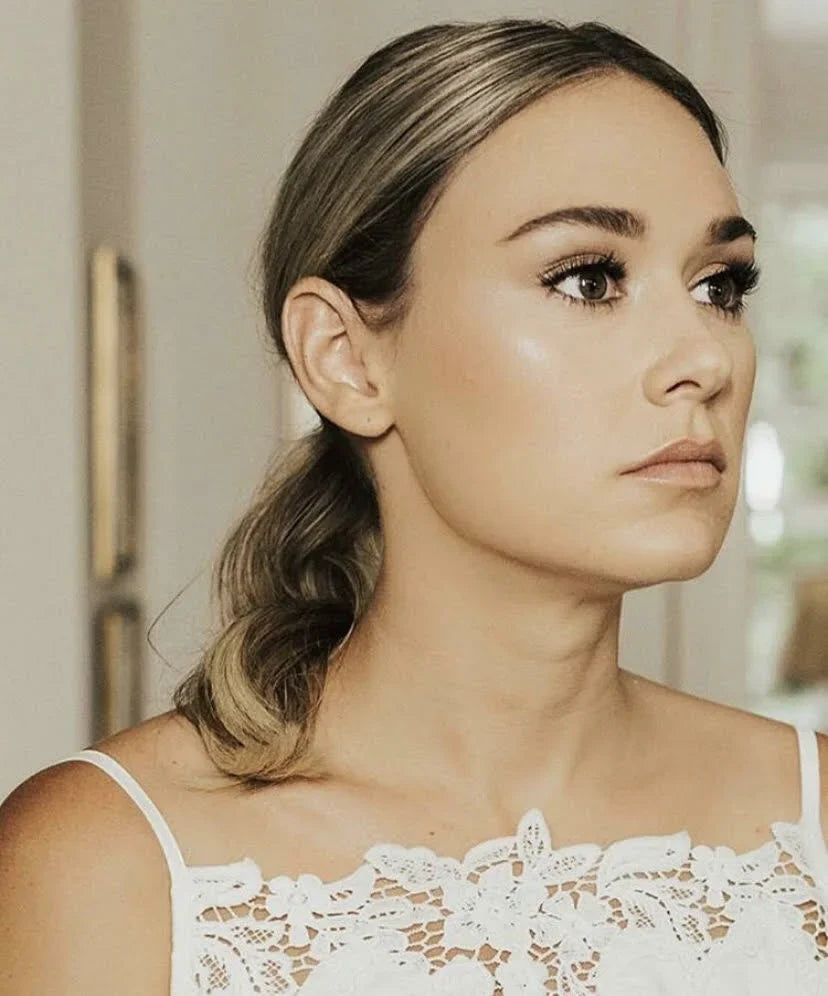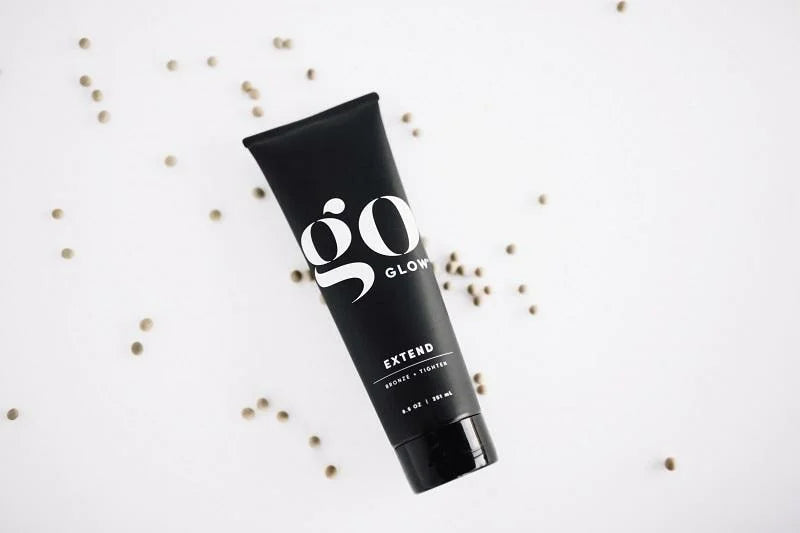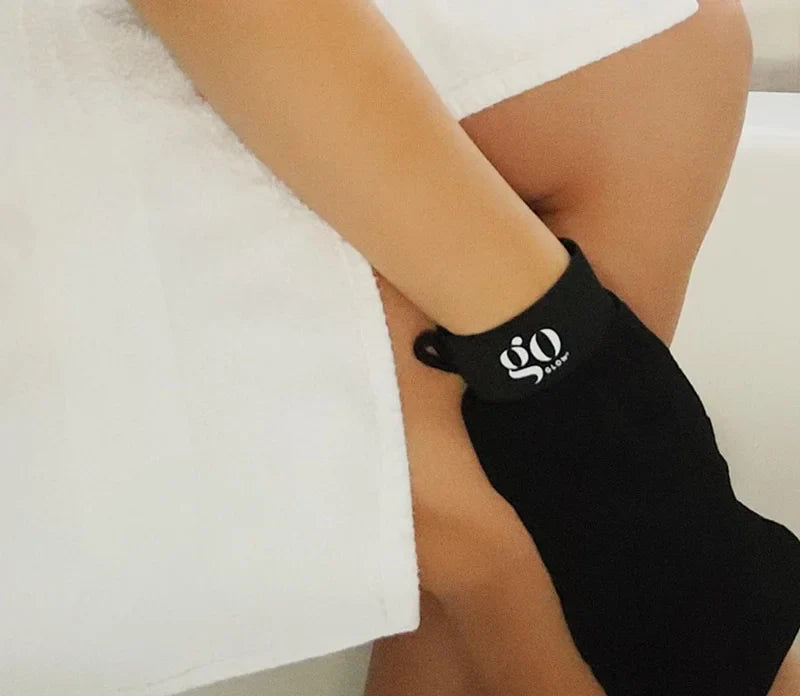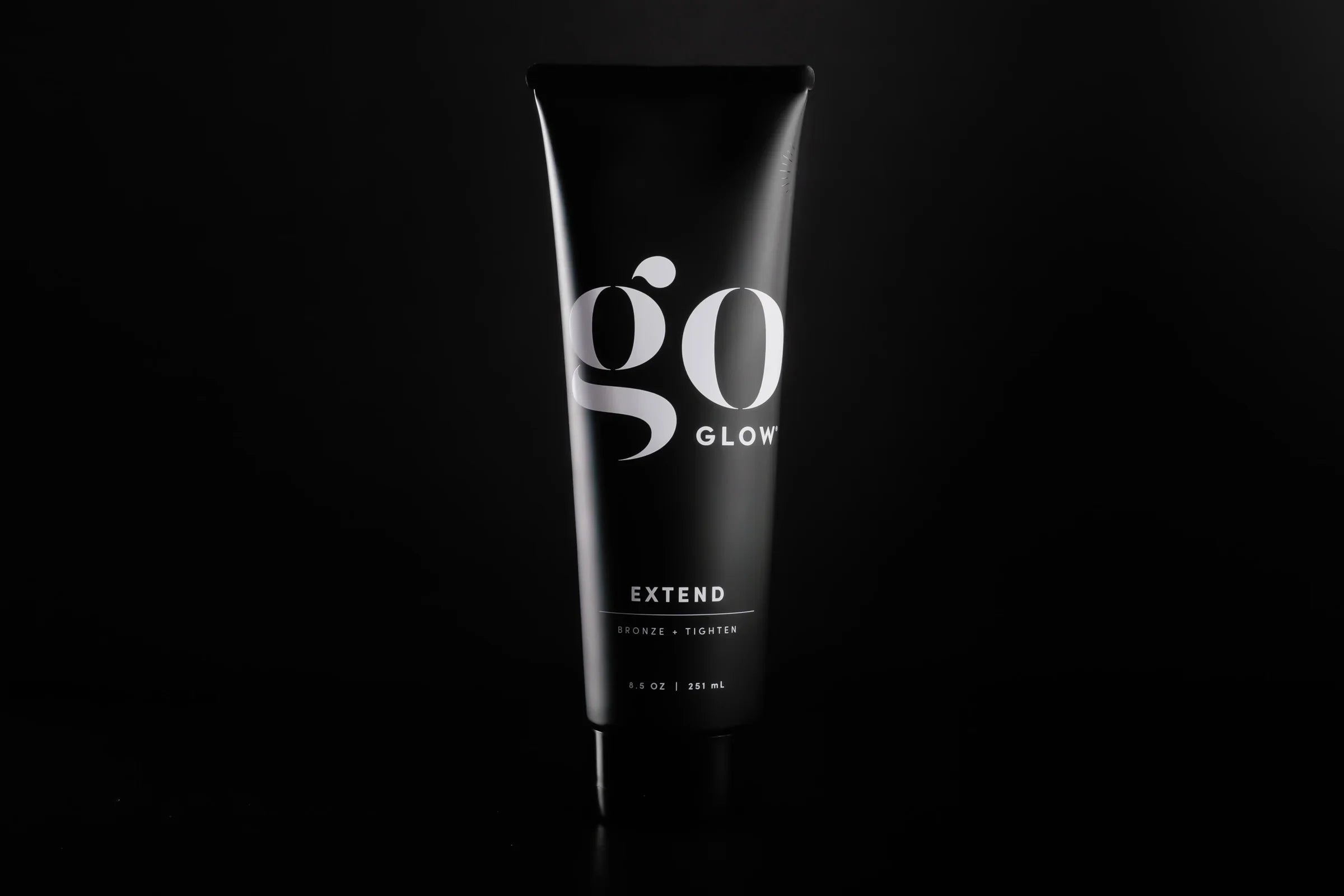At goGLOW, we are in the business of helping you age gracefully.
We are able to do this by providing you with healthier alternatives to sun exposure by keeping your skin tan and glowing the sunless way. This hopefully will encourage you to spend less time in the sun, keeping your skin youthful and glow-y in the best way possible!
Aging skin is unavoidable and is a part of our life journey. We are not ‘anti-aging’, because there is a beauty in all of us no matter what we look like or what age we are. However, as we age, wrinkles and sun spots start to appear seemingly out of nowhere. Then, texture and elasticity of skin diminishes. One of the absolute best ways to combat these effects of aging, besides staying out of the sun and using SPF daily (duh!) is to use ‘retinol’ or ‘retinoids’. Using retinol may not be for everyone, but we have noticed a vast majority of our clients share the same passion that we do in regards to keeping our skin healthy and youthful looking as we take our turns around the sun. We wish to share our knowledge and passion with you!
First, before you start your retinol regime, we suggest seeing your dermatologist or medical aesthetic provider for the best recommendation for a retinoid for your specific skin type. Some skin types are overly dry or too sensitive to handle certain retinoids, and thus the regimen must be ‘eased into’.
What do retinoids do?
Retinoids minimize the appearance of wrinkles, bolster skin’s thickness and elasticity, slow the breakdown of collagen (which helps keep skin firm), and lighten brown spots caused by sun exposure.
Retinoids work by prompting surface skin cells to turn over and die rapidly, making way for new cell growth underneath. They hamper the breakdown of collagen and thicken the deeper layer of skin where wrinkles get their start. For brown spots that give the skin an uneven tone, retinoids slough them off and curb the production of melanin, a darker pigment.
For aging skin, dermatologists like to prescribe tretinoin and retinoic acid (Retin-A, Renova, Refissa) that is “100 times” as potent as the retinol-containing products sold without prescription. Tretinoin works better than OTC products because it has a stronger capability of preventing the breakdown of collagen. It is often prescribed to patients after they have tried OTC varieties and are looking for something stronger. Retinol, found in over-the-counter products, changes to retinoic acid when you put it on your skin.
Side effects? Retinoids typically cause peeling and redness in the first few weeks of use. Even though your skin may peel, push through it! Irritation that flares up after adding retinols to your regimen is all a normal part of the process. After two to three weeks, the skin cells adapt to the retinoic acid and begin to tolerate the ingredient. This, again may mean a flushed, drier-than usual, lightly peeling face. It may take up to 12 weeks to see a positive change in the skin – so be patient! This change may not be noticeable to you with an untrained eye, but the benefits on the cellular level are astonishing.
The best advice, that we have received from our many trips to our aesthetic dermatologist providers, is to be consistent with your retinol applications. Like anything else (a food diet, a new relationship) we all must be patient and put the work to reap the plentiful benefits!
What does this mean for your goGLOW?
This means, especially during the colder transitional season we are in right now (November/December) the skin is susceptible to peeling and flaking. When combined with a spray tan service or a spray tan aerosol product your tan may appear blotchy.
If you are taking our advice and starting to incorporate a retinol into your skincare routine, keep in mind that you should stop using this product 5+ days before you come see us, or before you plan to use a self tanning product on your face (or neck, or wherever else you may be using retinol).
The dihydroxyacetone (DHA, active tanning ingredient) will not trigger more peeling, but the combination of 1. having no moisturizer on your skin before a spray tan/goGLOW and 2. the small amount of alcohol/witch hazel in our formulation to atomize the spray tan solution will cause a dark, peely and patchy looking tan.
How to get a perfect tan while using retinol;
- Stop using retinoids at least 5 days before your goGLOW appointment.
- Keep your skin hydrated. Drink plenty of water, moisturize your facial skin 2+ times a day.
- Avoid mineral oil in your moisturizers and don’t over do it on the glycolic or alpha hydroxy acid exfoliators.
- If you have our HYDRATE lotion (if you don’t, what are you doing with your life?) we suggest applying HYDRATE after your retinoid applications to calm redness and irritation and peeling effects. We also suggest applying HYDRATE to your face before your goGLOW tan applications. We promise, it will not ‘block’ the tan from achieving full coverage. It will only help your skin absorb the tan more evenly because your skin will be hydrated.
- Use cooler water to wash your face. Hot water can dehydrate your skin.
Bottom line, winter and ‘mask season’ is the best time to try something new that may cause redness or irritation as most of your face is covered. The outcome after all is said and done is well worth the journey!
Photo credit; Christina Erickson.
Bride; Marcy Adams Helgren.
MUA; Lady Vamp Artistry.
Robe; Le Rose Robes & Sleepwear.
Spray tan; goGLOW.
References
Edgar, Julie. “Retinols for Anti-Aging Skin.” WebMD, 12 November 2012, https://www.webmd.com/beauty/features/retinoids-f…
Trench, Brooke. 11 Retinol Myths. Allure, 2020. Allure, https://www.allure.com/gallery/biggest-retinol-cr…



